Are you dreaming of studying abroad and exploring new cultures? Understanding how to apply to universities around the world is your first step toward achieving that goal. In this article, we’ll delve into the admission procedures for various universities globally, providing you with insights that can significantly increase your chances of acceptance.

How to Apply to Universities Around the World
Table of Contents
- Introduction
- Why Study Abroad?
- General Steps for Applying
- University Admission Procedures by Region
- Tips for a Successful Application
- Frequently Asked Questions (FAQs)
- Call to Action
Introduction
Studying abroad offers a world of opportunities, from personal growth to academic excellence. Knowing how to apply to universities around the world can seem daunting, but it’s easier than you think. This guide will walk you through the essential steps and regional nuances to simplify your application journey.
Why Study Abroad?

Studying abroad enhances your education and expands your cultural horizons. It allows you to meet diverse people, learn new languages, and gain experiences that can enrich your life and career. Plus, many universities offer programs that may not be available in your home country.
General Steps for Applying
3.1 Research Your Options
The first step in understanding how to apply to universities around the world is to research potential universities. Consider factors such as:
- Academic programs
- Location
- Tuition fees
- Campus facilities
- Student support services
3.2 Understand Admission Requirements
Every university has specific admission requirements, which can vary widely depending on the country and program. Most universities require:
- High school diploma or equivalent
- Standardized test scores (e.g., SAT, ACT, GRE)
- Proof of English language proficiency (e.g., TOEFL, IELTS)
3.3 Prepare Your Documents
Gather all necessary documents, which typically include:
- Transcripts
- Letters of recommendation
- A well-crafted personal statement or motivation letter
3.4 Submit Your Application
Most universities now allow online applications. Be sure to follow the instructions carefully to ensure your application is complete and submitted on time.
University Admission Procedures by Region
4.1 European Universities
When learning how to apply to universities around the world, it’s essential to know that European countries often have their unique systems. For instance, in the UK, applications are made through the UCAS system for undergraduate courses. In countries like Germany and Italy, you might need to undergo a pre-application evaluation based on your previous qualifications.
European Universities
United Kingdom
- University of Oxford (Oxford, England)

- Admission Procedure: Apply via UCAS, submit A-levels or equivalent, personal statement, and references.
- University of Cambridge (Cambridge, England)
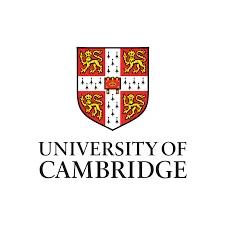
- Admission Procedure: Similar to Oxford, with UCAS application, academic qualifications, and a written assessment for some courses.
Germany

- Admission Procedure: Apply through UniAssist, provide high school diploma and language proficiency (German/English).
- Technical University of Munich (Munich)
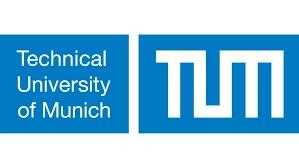
- Admission Procedure: Direct application or UniAssist, depending on the program, with required documents.
France
- Sorbonne University (Paris)
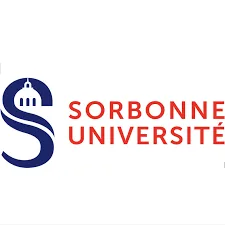
- Admission Procedure: Apply through Parcoursup for undergraduate programs; master’s programs require direct application.

- Admission Procedure: Competitive entrance exam for undergraduates; master’s admission based on academic credentials.
4.2 North American Universities
In the U.S. and Canada, it’s recommended to start your research and preparation two years in advance. Universities typically look for a well-rounded application that showcases academic achievements, extracurricular activities, and personal essays.
United States
- Harvard University (Cambridge, Massachusetts)
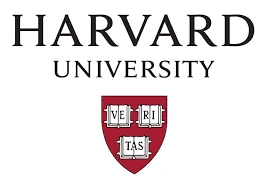
- Admission Procedure: Common Application, SAT/ACT scores, letters of recommendation, and personal essay.
- Stanford University (Stanford, California)

- Admission Procedure: Similar to Harvard, including the Common Application and supplemental essays.
Canada
- University of Toronto (Toronto, Ontario)
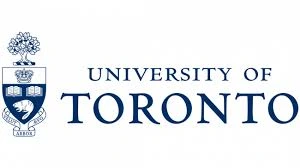
- Admission Procedure: Online application, high school transcript, and possibly standardized test scores.
- McGill University (Montreal, Quebec)

- Admission Procedure: Apply online with required documents, including transcripts and language proficiency.
4.3 Asian Universities
Asian universities, like those in China, may have specific age limits for applicants. Be mindful of the local regulations and admission tests that might be required.
China
- Tsinghua University (Beijing)
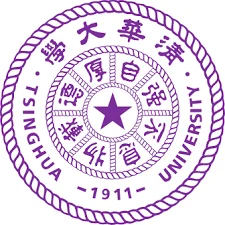
- Admission Procedure: Apply online, submit high school diploma, academic transcripts, and pass the HSK test for Chinese-taught programs.
- Peking University (Beijing)
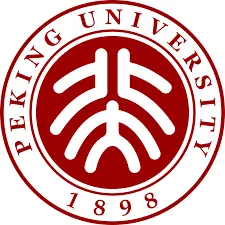
- Admission Procedure: Similar to Tsinghua, with a focus on academic qualifications and language proficiency.
Japan
- The University of Tokyo (Tokyo)

- Admission Procedure: Direct application, require high school diploma, entrance exams, and interviews for some programs.
- Kyoto University (Kyoto)
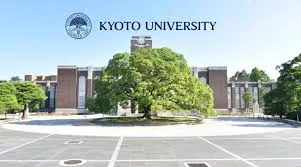
- Admission Procedure: Applications require standardized test scores and specific program requirements.
4.4 Australian Universities
Australia has a straightforward application system, often managed through the UAC (Universities Admissions Centre). They offer significant support for international students, making it easier to navigate the process.
Australian National University (Canberra)
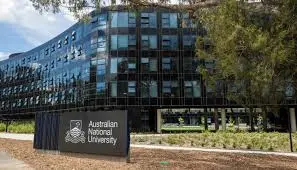
- Admission Procedure: Online application, academic records, English language proficiency test results.
University of Melbourne (Melbourne)
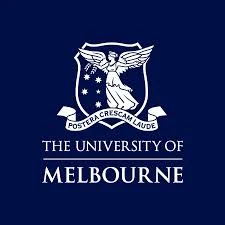
- Admission Procedure: Apply online, submit previous qualifications, and fulfill English language requirements.
Other Notable Institutions
Africa
- University of Cape Town (Cape Town, South Africa)

- Admission Procedure: Apply online, provide academic transcripts, and meet specific program requirements.
- University of Nairobi (Nairobi)

- Admission Procedure: Online application, KCSE or equivalent qualifications, and relevant supporting documents.
- Strathmore University (Nairobi)

- Admission Procedure: Direct application, academic transcripts, and interviews for certain programs.
- American University in Cairo (Cairo)
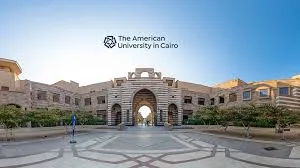
- Admission Procedure: Online application, high school transcripts, standardized test scores (SAT/ACT), and personal essays.
Latin America
- University of São Paulo (São Paulo, Brazil)
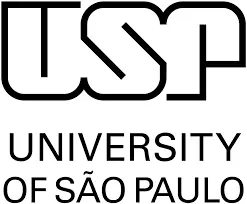
- Admission Procedure: Pass the vestibular (entrance exam) and provide academic documentation.
Tips for a Successful Application
- Start Early: Give yourself plenty of time to gather documents and write your personal statement.
- Stay Organized: Use a checklist to track each university’s requirements and deadlines.
- Be Authentic: Your personal statement should reflect your genuine experiences and aspirations.
- Seek Help: Don’t hesitate to contact university advisors or utilize resources like Campus Benin for guidance.
Conclusion
Each university has unique admission procedures and requirements, so it’s essential to visit their official websites for the most accurate information. Knowing how to apply to universities around the world is crucial for a successful application. Start your journey today by Contacting us at (+229 9471 1553 or via WhatsApp at [+229 5383 6082] to schedule a viewing. Visit our website at campusbenin.org for more information. Don’t miss this opportunity to elevate your career and pave the way for a successful academic journey
Frequently Asked Questions (FAQs)
Q1: How can I find the right university for me?
A1: Research programs, read reviews, and consider your career goals to find a university that aligns with your aspirations.
Q2: What documents are typically required for university applications?
A2: Commonly required documents include transcripts, letters of recommendation, personal statements, and proof of language proficiency.
Q3: Is it necessary to take standardized tests?
A3: It depends on the university and program. Check each university’s requirements for specifics.
Q4: How do I improve my chances of acceptance?
A4: Focus on a strong academic record, a compelling personal statement, and relevant extracurricular activities.


